Research: ‘Spontaneous’ volunteers? Factors enabling the Student Volunteer Army mobilisation following the Canterbury earthquakes, 2010–2011
The student action in Christchurch after the 2010 and 2011 earthquakes remains one of the largest youth-led movements in Aotearoa New Zealand in recent years. As the ten-year anniversary of the earthquake draws near, we are examining the long-term effects of this collective action.
About the research
The physical earthquakes that shook the Canterbury region of New Zealand in 2010 and 2011 also sparked a ‘youthquake’. Students organised an estimated 24,000 volunteers to help clean up residents’ properties and neighbourhoods.
Nearly a decade on, we want to find out about the long-term impacts of this action – for the students involved, for the people and organisations they engaged with, and for society and politics in New Zealand more generally.
Abstract
‘Spontaneous’ volunteers have long been recognized for the distinct and important contribution they can have within disaster response and recovery.
The emergence of the Student Volunteer Army (SVA) has featured as a success story of crisis volunteerism in international disaster response literature and as a potential blueprint for youth-centred post-disaster civic action.
About the authors
-
Dr Sylvia Nissen is a lecturer in environmental policy at Lincoln University, and her research and teaching centres on student political action, social movements and environmental politics. She is the author of many publications, including Student Political Action in New Zealand published by Bridget Williams Books.
-
Dr Sally Carlton has research interests in commemoration, memory, post-disaster response, human rights, refugees, and community. In addition to her role in this research project on the Student Volunteer Army, she also has a number of part-time roles within Christchurch’s refugee and migrant sector, including providing settlement support through Citizens Advice Bureau and coordinating an international student radio show through Plains FM. In her spare time, Sally hosts the human rights radio show/podcast Speak Up-Kōrerotia.
-
Dr Jennifer Wong completed her Ph.D. in Industrial-Organisational Psychology in Canada. Her research interests are in employee safety and wellbeing and applied psychological methodologies. She provides interview support, data management, and qualitative coding support to the project.
Find out more about the Student Volunteer Army
Carlton, S. (2015). ‘Connecting, belonging: Volunteering, wellbeing and leadership among refugee youth’. International journal of disaster risk reduction. 14: 160-167.
Carlton, S. & Mills, C. E. (2017). ‘The Student Volunteer Army: A “repeat emergent” emergency response organisation’. Disasters. 41(4): 764-787.
Grant, L. (Director). (2012) Silt Worms: The foundation of the Student Volunteer Army. Museum of New Zealand Te Papa Tongarewa, Wellington.
Johnson, S. (2012). ‘Students vs. The Machine: Lessons learned in the student community following the Christchurch earthquakes’. Tephra. Community resilience: Case studies from the Canterbury earthquakes. 23: 18-22.
Lewis, K. V. (2013). ‘The power of interaction rituals: The Student Volunteer Army and the Christchurch earthquakes’. International Small Business Journal. 31: 811-831.
Mutch, C. (2013). ‘Citizenship in action: Young people in the aftermath of the 2010-2011 New Zealand earthquakes’. Sisyphus. 1(2): 76-99.
O’Steen, B. & Johnson, S. (2015). ‘Just get out of their way! Enabling young Kiwis to make a difference’. Set: Research Information for Teachers. 3: 53-59.
O’Steen B. and Perry L. (2012). ‘Born from the Rubble: The Origins of Service-Learning in New Zealand and an Expansion of the Diffusion of Innovation Curve’. Jefferson Journal of Science and Culture. 2: 27-34.
